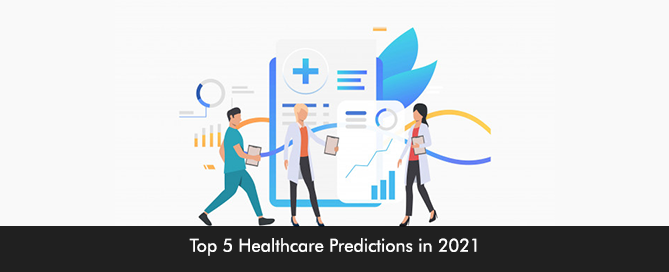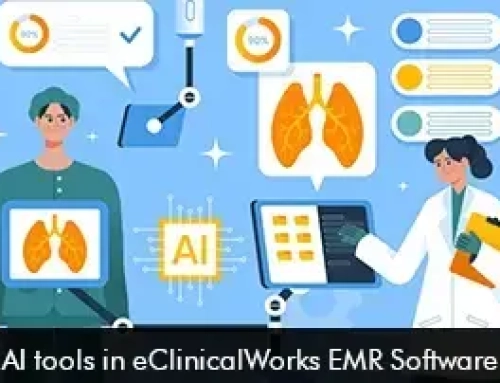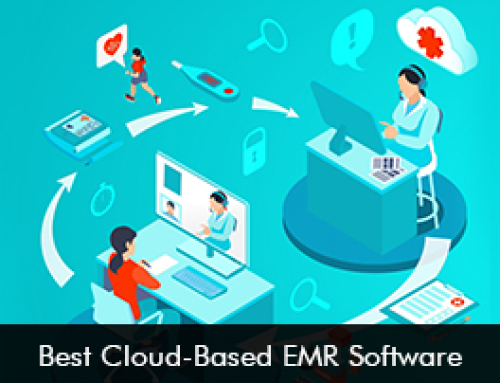Year 2020 marked major changes in economies and the healthcare sector around the globe. Healthcare professionals, lawmakers, medical staff members need to adjust to the new normal by incorporating the right technology tools, hardware, and software platform to provide quick treatment options to patients. It hasn’t been an easy year but hospitals have realized that the pandemic has revolutionized the way they operate by building features that create a satisfying patient experience.
As new platforms of remote care get a boost hospitals in the United States will invest more in cybersecurity to protect patient information from ransomware attacks and hackers. Digital tools and technology are shaping up healthcare in 2021.
5 Healthcare Predictions in 2021 by experts
Let’s see what’s in store for the healthcare sector this year. By knowing the key trends hospitals and healthcare providers will be better able to utilize their resources to ensure the best possible treatment to their patients.
- Telemedicine becomes an attractive option – Telemedicine EMR Software adoption rates have been accelerating in the United States as patients see it as an effective and convenient platform to receive care from the comfort of their homes. The virtual care modality offers prescription refills, routine care check-ups, and triage options for patients. The platform gained immense importance last year due to COVID-19 as it provided a window of opportunity for patients in the suburbs to receive prompt treatment without having to worry about catching the virus. It also helped to reduce the burden on hospital staff and keeping paramedic staff safe from the contagious virus.
- Cybersecurity becomes a major healthcare concern – As telemedicine is booming the risk of cyber-attacks is also growing. Telehealth providers reported an increase in targeted attacks as compared to last year according to Security Scorecard. This trend means that hospitals need to prioritize patient security through end-to-end encryption and go for HIPAA Compliant virtual platforms. IT staff members need to need to be proactive and guide staff members on the necessary security protocols to avoid any attacks this includes training staff members and giving them strong passwords that are difficult to hack and advising them to log out once the work has been done.
- 5G connectivity and enhanced Wi-Fi – Wireless networks have become crucial as virtual care is growing. For successful and uninterrupted virtual sessions both the provider and the patient must have access to a stable and fast internet connection. Wireless networks need to work at all times as people are also communing with their loved ones using their smartphones via video chat options. 5G technology has transformed the ecosystem connecting everyone seamlessly and has facilitated telehealth to work even better.
- COVID-19 vaccine roll-out– The vaccines have been approved by the FDA in the US and now the major challenge is to distribute these vaccines to everyone. Moderna and vaccines developed by Pfizer were seen effective and doses have been already distributed to frontline healthcare workers followed by elderly and educational staff members.
- Increase in AI investments – Healthcare companies are investing in Artificial Intelligence technology as it has helped organizations to analyze large amounts of data providing valuable insights and also saving large sums of money. AI has helped in drug discovery, improved patient care, and timely diagnosis of complicated diseases. AI will continue to be on the rise.








